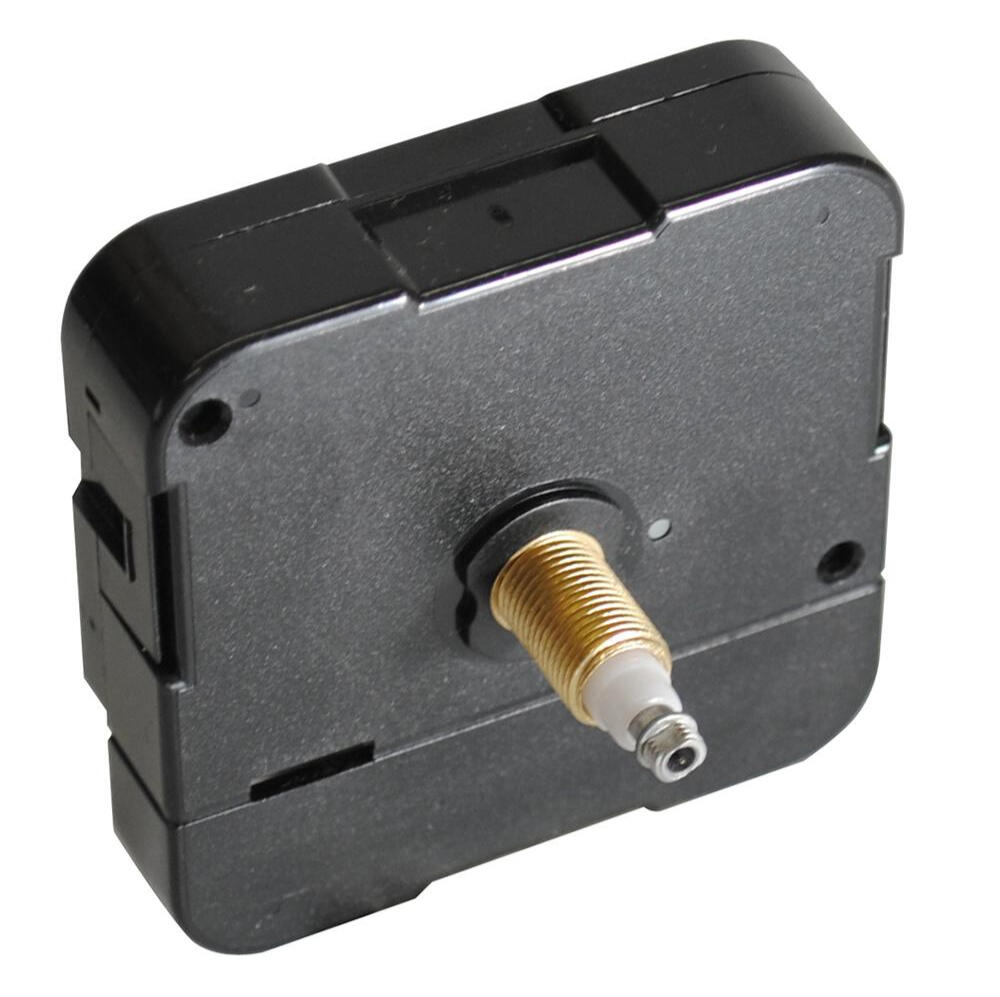
Quartz Clock Movements Do So Much More
About
Quartz clock movements enable modern wrist watches to maintain precise time. Clock movements that use quartz crystals operate digitally, and their purpose is to move each hand just the right amount over an offered amount of time to make sure that it's aiming properly. Typical motors performed the very same job, yet they needed a network of equipments and also ran mechanically.
How quartz clock movements obtain their power is through a steady pulse stream that the crystal produces when submitted to a voltage drop across it. On the other hand, the old mechanical source of power was a coiled spring or hanging weight that triggered a flywheel to revolve. The mechanical means of establishing hand position was done straight with the gear network ratios, whereas the electronic way is to utilize software and counting signs up.
Since the crystal's shaking pulse train has such an exact frequency, simply counting their number offers an extremely accurately exact measure of elapsed time. One digital accumulator tracks the overall, and subdivisions of the running amount are accumulated into other signs up. You then obtain a specialized register for each hand.
In both the digital and mechanical timekeeping techniques, hand placement is accomplished by rotating a spindle a certain angle from "home," which corresponds to due upwards, or twelve o'clock. Depending upon the variety of hands (in between 2 and also 4), there coincide number of spindles, configured concentrically. Whichever approach used, the motion turns each spindle the correct amount, therefore placing the hands.
It is necessary to recognize that the dial you pick have to be calibrated to deal with your selected motion; otherwise, the hands fit not to line up correctly. Movements and dials come in different layouts (as well as, of course, dimensions), consisting of 12-hour cycle, 24-hour cycle, and also longer time expansions.
For example, you can get a motion that has a week or month cycle. A 4th hand indicate the appropriate day or day, which is printed on the dial, while whatever else operates usually.
In building a clock from the ground up, decide whether you intend to have a second hand. If you do, also determine if you want the conventional jerky, audible tick or a silent constant sweep. Pick the motion that matches your desires.
One more point to take into consideration is torque, or rotational power. Producers maximize their design criteria to cater to one of the most popular watch sizes, which are 12-14 inches in diameter or smaller. Standard electric motors hence give sufficient torque to turn minute hands as much as 7 inches in length, however except anything longer.
Fortunately, there is a remedy to this issue if you intend to develop a bigger wall clock, perhaps even six feet in diameter! Nearly all activity function sets come in both the conventional variation as well as a high-torque version. There's a great chance that the latter version includes a larger battery, maybe C cell instead of AA.
The big advantage digital quartz clock movements have more than mechanical ones is the loved one simplicity added functions can be added to the collection of features already offered. This is since whatever is carried out in software program, as well as shows is a whole lot less of an inconvenience than designing a new network of gears.
You hence see aesthetic or novelty attributes, such as turning pendulums, that operate independently of the timekeeping functions. One more instance is a chime playing attribute with a selection of tune and potentially a hr matter added afterwards.
Our discussion has actually concentrated on exactly how modern-day electric motors operate and on exactly how they compare to standard ones. Mosting likely to a parts vendor's internet site will certainly provide one with a big choice of all types of components. You might stir up the little kid in you with the awareness that quartz clock movements do so much more.
clock movements